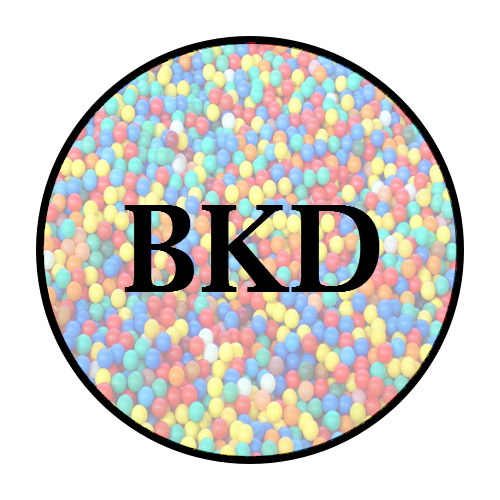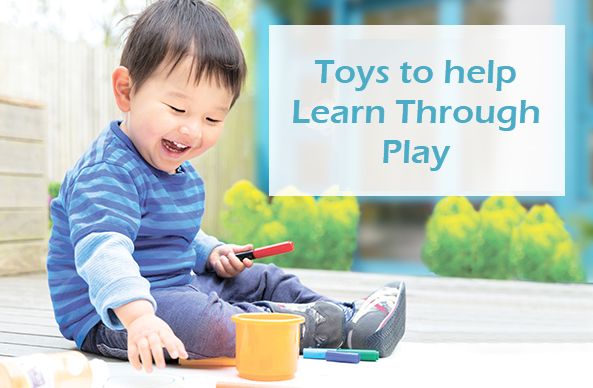When you hear the phrase “play to learn toys,” you may think of toys involving numbers, letters, counting, the alphabet and so on. But we take a broader view of what learning toys really means. Learning toys are not the same as educational toys – and any toy manufacturer can label their toy as educational. It’s a phrase that is very over-used and often completely meaningless. Learning toys, on the other hand, promote creativity, logic, problem solving, collaboration, experimentation and other a range of aptitudes that are relevant in ALL types of learning, not just literacy and math.
Learn through Play Toys – Tips When Buying
There are a number of qualities to look for in a toy that helps children learn, however before looking for whether a toy is going to be great for learning, we need to first make sure it is safe, good quality and encourages child development.
-
Safe
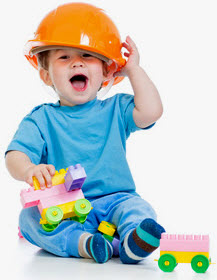
All good toys have a recommended age guide and this can provide you with a general idea of whether a toy is safe for a particular age. More important than looking at the manufacturer’s recommendation though, is using common sense to think about whether your child is ready for the toy or not. A toy labelled as suitable for age 3 and up may well be perfectly fine for some two-year-olds who are at the stage where they no longer put everything in their mouth, for example. Think about whether a toy has small or loose parts, rough edges or is easily breakable before buying it.
-
Quality
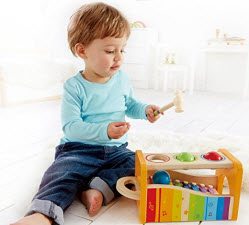
Good toys should be long lasting. Wooden toys sometimes last a lot longer than plastic and can be more easily repaired, however it does depend on the type of material used. Look for toys that will stand up to a lot of use and will last for a long time. It’s much better to spend more money on a toy that will last for ages than on something that is going to break quickly and need to be replaced. Look for toys that are well-designed, sturdy and that will last over time.
-
Encourages Child Development
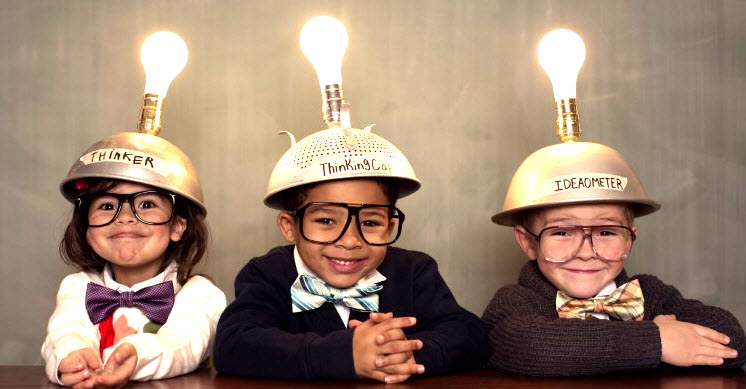
The best toys for play and learning help encourage child development. A toy might encourage child’s physical development with fine or gross motor skills, balance and movement or perhaps their cognitive skills with learning concepts and solving problems or figuring things out. It might help develop their social skills, by encouraging cooperative play with others, sharing or taking turns or it might encourage their creative and imaginative skills. Whether it helps their creative, cognitive, physical or social development, a good toy will be able to help a child to gain new skills, practice and become better in a certain area of development, learn and understand new concepts, discover or explore their senses.
Being safe, good quality and that encouraging child development are the three basic foundations of an excellent toy for play and learning.
Best Features of Play to Learn Toys
It’s definitely important to make sure that toys you buy are safe, good quality and that they encourage child development, but which toys will really help children learn? Fortunately, experts agree that there are five qualities to look when searching for a toy that will help children learn.
-
Open-ended
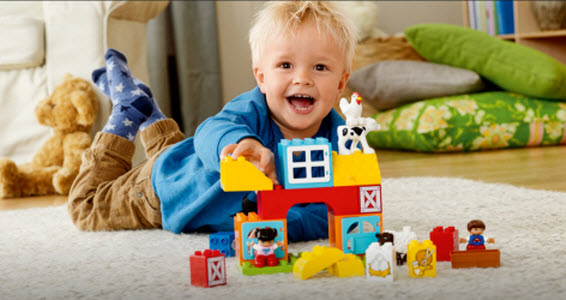
Open-ended toys are those that have multiple purposes and can be used in a variety of different ways. A toy cooking set, for example, is designed for pretending to cook, however it can be used to play house, picnics, parties, restaurants and shops. It can be used to carry things and the utensils can be used to help develop fine motor skills. It helps children learn social skills, language skills, vocabulary and life skills.
-
Challenging
Parenting site The Spruce says, “just because a toy is simple doesn’t mean it can’t challenge your child. Kids need to be actively using their brains or they get bored. So a toy that makes kids think will get played with more often and for longer.”
-
Multi-age
Multi-age toys can be enjoyed by a wide range of ages, either because they provide different levels of difficulty, or because they allow increasingly complex interactions as the child becomes more skilful. Multi-age toys also mean that children of different ages can play together and that a toy can grow with a child. Classic building blocks, for example, can be enjoyed by toddlers just lining them up or building towers and knocking them down, but also by older children building complex cities and playing involved imaginary games.
-
Accessible
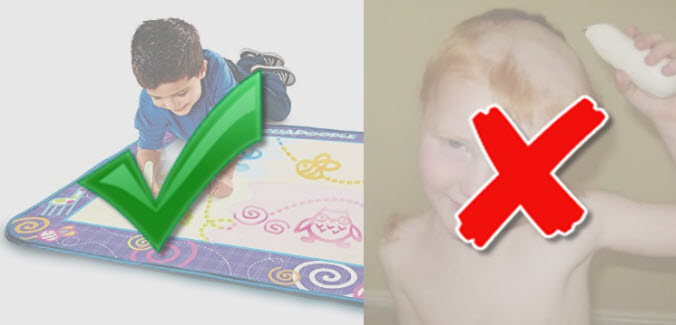
Accessible toys are those that don’t require a huge amount of adult help or supervision, although it’s always great when parents spend time with their children and we certainly encourage that. Accessible toys don’t force children to follow a specific set of instructions, but encourage play through experimentation, exploration, and trial and error.
-
Develops Creativity and Imagination
Toys that help children to use their imaginations and get creative really help children learn. When children have the opportunity to create, they are able to solve problems, explore, discover, tell stories and extend their minds. When children play creatively, it helps develop pathways in the mind that help them grow and learn in every area of life.
As Parents Choice Magazine says, “Good toys have staying power; they engage. They help build attention spans, not fragment them. A good toy does not offer answers; it stimulates questions and presents problems for solving.”
What Toys Don’t Help Children Learn
Whilst toys can be wonderful tools for helping children learn and grow, not all toys are created equal and not all toys help children learn. Some qualities of toys that aren’t particularly helpful for children include:
-
Single Use or Purpose
- This means toys that are designed to do one main thing, or have cannot easily be used in a wide range of different ways. For example, a toy where you press a button and it says the letter of the alphabet. Other than that, it really doesn’t do much. Research now shows that one of the best ways for children to learn is through using toys that are open-ended and can be used in many ways for different purposes.
-
No Challenge
- This means that the toy is way too easy for the child, and provides no opportunity to extend themselves, solve problems, discover or explore.
-
Electronic Toys for Infants and Toddlers
- A government-funded study examining the role of technology in the lives of children found that the hi-tech devices – one of the fastest growing sectors of the toy market, aimed at infants as young as nine months – are no more effective than traditional ways of introducing literacy and numeracy skills. This study, along with a number of others, concluded that while older children may benefit from electronic toys, they do not improve the learning for babies and toddlers.
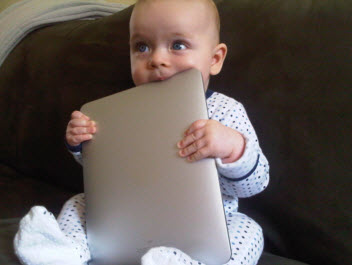
-
Formal learning toys
- It may sound counterintuitive to say that formal learning toys dont help children learn, but some do not. Toys that are over-designed to be educational are often highly boring and do not provide the scope for active, imaginative and problem-solving play that other toys do. Toys that don’t provide scope for fun and flexibility limit learning.
Research has shown that kids have more fun with toys that help them learn. In a New York Times article, developmental psychologist Alison Gopnik described how kids learn through play: “New studies of ‘active learning’ show that when children play with toys they are acting a lot like scientists doing experiments. Children often prefer to play with the toys that will teach them the most, and they play with those toys in just the way that will give them the most information about how the world works.”
Next time you’re shopping for toys, keep in mind the qualities that make a great learning toy and your child will grow up with a wealth of inspiring things playthings that will help them blossom and thrive as they grow.
